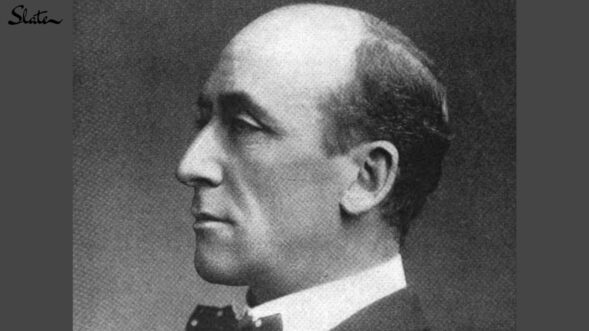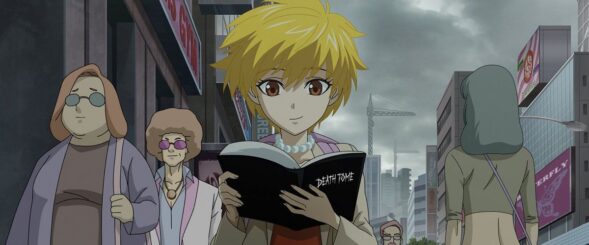
Sohlait Thymmai is a small village. A birds-eye view of Ri Bhoi shows that this settlement lies at the heart of the district, just six short kilometres from the Nongpoh Town, the administrative centre of the district and a bustling growing urban centre.
This little village falls under Raid Nongkharai and has only forty-seven households. Official statistics, however, do not account for the fact that most families in the village live in traditional joint units. Thus, the forty-seven households are home to certainly more than forty-seven families.
The name of the village is derived from the sohlait tree, and translates to the Fruit of Light, and refers to the Spondias axillaris, the hog plum.
Like many settlements in Meghalaya, Sohlait Thymmai is still young, being established in the post-Colonial period. The Dorbar Shnong states the village’s history can be traced to the exact month of May 1963, when the village was still known by its original name, Nongrim Pachini, the Ground of Sugar’s Father. Some three years later, in December 1969 the village was Christianed as “Sohlait Thymmai Village” and the Sohlait Thymmai Presbyterian Church was established. Residents say there are no known families following the indigenous faith. The village was so renamed because before Sohlait Thymmai was formed, it was split from Sohlait Rim.
“Those days we were so young. I remember going to Sohlait Rim where we would attend the church programmes. Those were fun days and we enjoyed them fully, until 1969, when there was a conflict between my father Bah Erodon Nongrum and the then headman of Sohlait Rim. It was after this moment that Sohlait Thymmai was created by our forefathers”, says Aitngen Syngkli, the only resident who is still alive who witnessed the creation of the village.
For this reason, the Syngkli clan inevitably became the largest and earliest clans to inhabit Sohlait Thymmai – the founding clan. The first headman of the village was one (L) Jenel Sohtun, E. Nongrum’s own son-in-law, and the secretary, Calvin Syngkli, the eldest of E. Nongrum.
Khruwel Shadap, the sitting headman, says, “Our village is like a big family now. And we are looking forward for the overall development of the village.”
William Syngkli, the current secretary, adds, “We actually just celebrated our golden jubilee”. Despite the settlement’s fifty years of existence, only a handful of its young residents are educated. “As leaders of the village, this is the main challenge we face. We need more awareness programmes about the importance of education”, adds William. Indeed, despite its closeness to Nongpoh, the village lacks good education, but also falls behind in vocational training to improve its standard of living. The simply quaintness – almost charming – of the village hides the very basic ways in which it has been neglected by the state, a story all-too-common in rural Meghalaya.
Aitngen says, despite the backwardness forced upon the village, “our villagers are free from alcoholism and any kind of substance abuse we are seeing in the state these days. But I wish for our youth to grow in their pursuit of education and for our standards to grow higher”.
It was only in 2019, more than four decades after its establishment, that the village was connected to Nongpoh Town through a road under the Pradhan Mantri Gram Sadak Yojana.
William says, “As a village, we still need proper school infrastructure so that our children can attend the school in our village”.
Most of the village’s income comes from farming; there is a piggery in the village that fetches a good amount, and poultry farming. Paddy and ginger are abundant, along with a smörgåsbord of other produce.
Aitngen interjects, saying, the older days were still better. “Even the games we used to be play, the children today don’t know them anymore, like the Lei Dingdang, Khlong Synrei, Mawpoiñ, and Kawang Nup”.
For now, the village is a beneficiary of the MGNREGA under Umling block. “Within the village we have Seng Samla Shnong, Seng Longkmie, Dorbar Shnong and 11 self help groups” says William. The sohlait tree is a known tree of the sacred grove. True to its namesake, the village has long protected its sacred grove. Plant nurseries are maintained, and the village is keen on expanding its pineapple farm, even as education eludes the simple-folk of Sohlait Thymmai.






